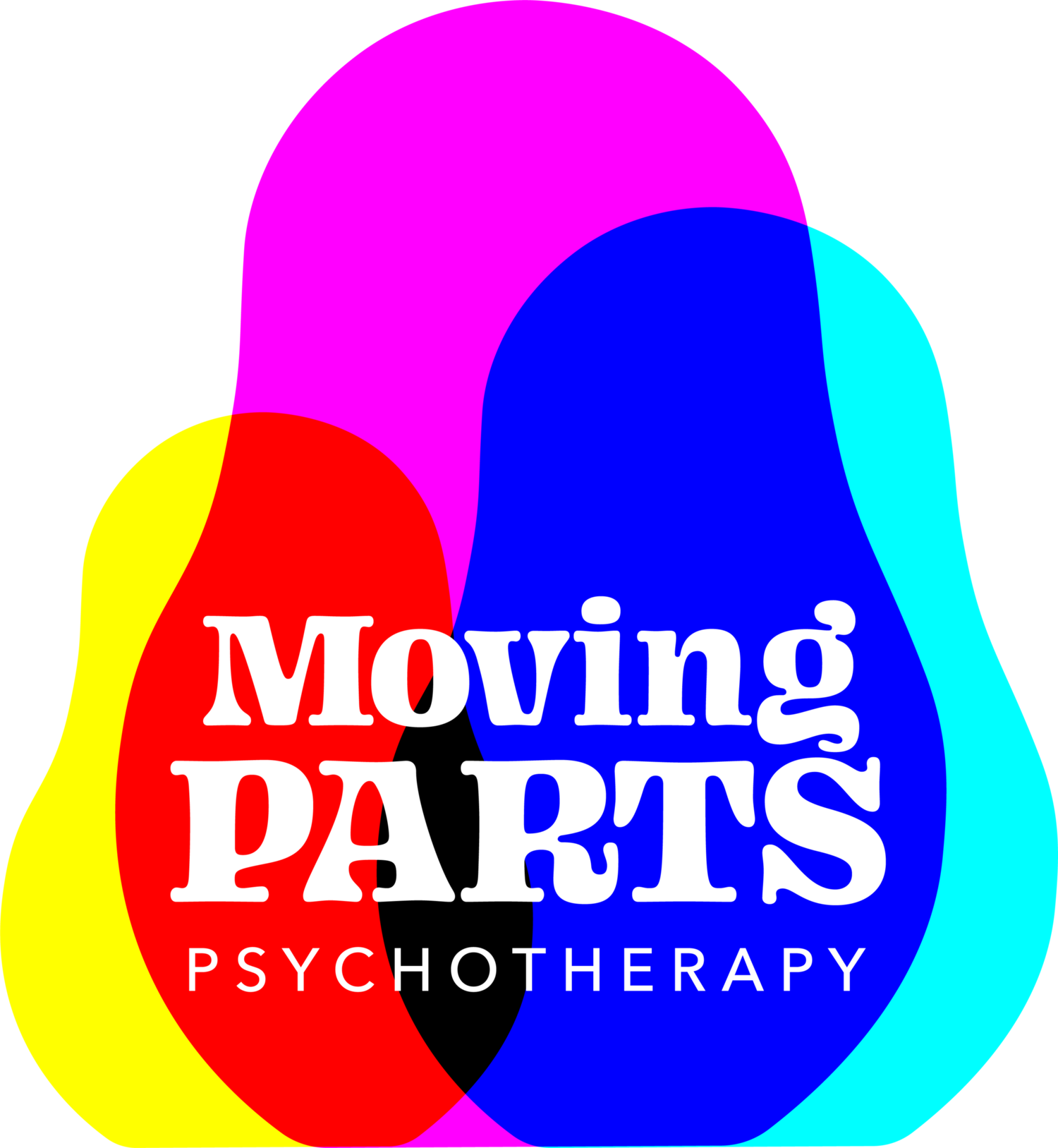Trauma & Identity
Trauma, whether a singular distressing event or a cluster of experiences, can have an impact on nearly every aspect of a person’s life. Trauma inhibits us from being fully in the present moment – often interrupting our relationships, work, and identity development. One of the key characteristics of trauma is that it doesn’t have a beginning and an end in our memory. Energy conservation during traumatic experiences prevents our brains from processing the narrative of the events in ways that we can catalog and store as we do other, everyday encounters. The short-term effect of this is survival. The long-term effects can look like chronic stress, hypervigilance, and emotional dysregulation. This leaves most trauma survivors expressing feelings of exhaustion or hopelessness.
“Many traumatized individuals are too hypervigilant to enjoy the ordinary pleasures that life has to offer, while others are too numb to absorb new experiences.” – Bessel Van Der Kolk in The Body Keeps the Score
The average human brain scans the environment for danger about 5 times per second. We are wired to be vigilant to an extent. But what an average (or untraumatized) brain also does is send signals of safety following these scans so that our bodies can relax into the current moment and engage with ourselves and others in meaningful ways. For folks who have experienced trauma, the alarm bells are always ringing. This takes an energetic toll. You might find that where you used to love getting together with friends on the weekends, you now find yourself opting to stay in even though you are craving social connection. Maybe you used to engage in your favorite hobbies like painting, music, or cooking – but you now find yourself binging tv shows you are barely interested in and finding yourself even more tired afterward. You learn how to work with your traumatized brain and hypersensitive system to minimize stress, and at the same time sacrifice people, places and things that bring you joy and purpose. You ultimately sacrifice your identity for survival.
During a therapy intake session, I usually do what is called a “biopsychosocial assessment.” This just means that I am gathering information from clients regarding their physical, psychological, and social histories. While I might ask things like, “When did you first notice an increase in your anxiety?” or “Do you have a history of any medical illness?” I’m also asking, “What do you like to do for fun?” and “Tell me about your closest friends.” For individuals with a trauma history, the latter may be more uncomfortable to answer than the former. This is because folks often must abandon these playful, social parts of themselves to simply survive the day. And that’s okay. And it’s also okay to want more.
As clients build safe connection with their therapist and begin to process their experiences in a contained way, it is normal for a sense of grief to arise. Folks may grieve the time that has passed, the interests that were set aside, or the parts of them that have had to take on extreme roles and carry heavy burdens. We make space for that grief. And we allow it to inform us of what it is that is important to you.
In Internal Family Systems (IFS), we get to know the parts of clients that have stepped into “manager” or “firefighter” roles to protect those deeper, more vulnerable parts that hold the most painful pieces of the traumatic experience. One of my favorite questions that we use in IFS is, “If this part of you didn’t have to do this job or protect you in this way anymore, what is it that it would prefer to be doing?” Answers to this question usually give me chills. And it is in these answers that we begin to get back into touch with who you are, what brings you joy, and where you find purpose. Then, we use that information as a guiding light while you continue the process of healing – the journey back to yourself.
"I long, as does every human being, to be at home wherever I find myself." – Maya Angelou

